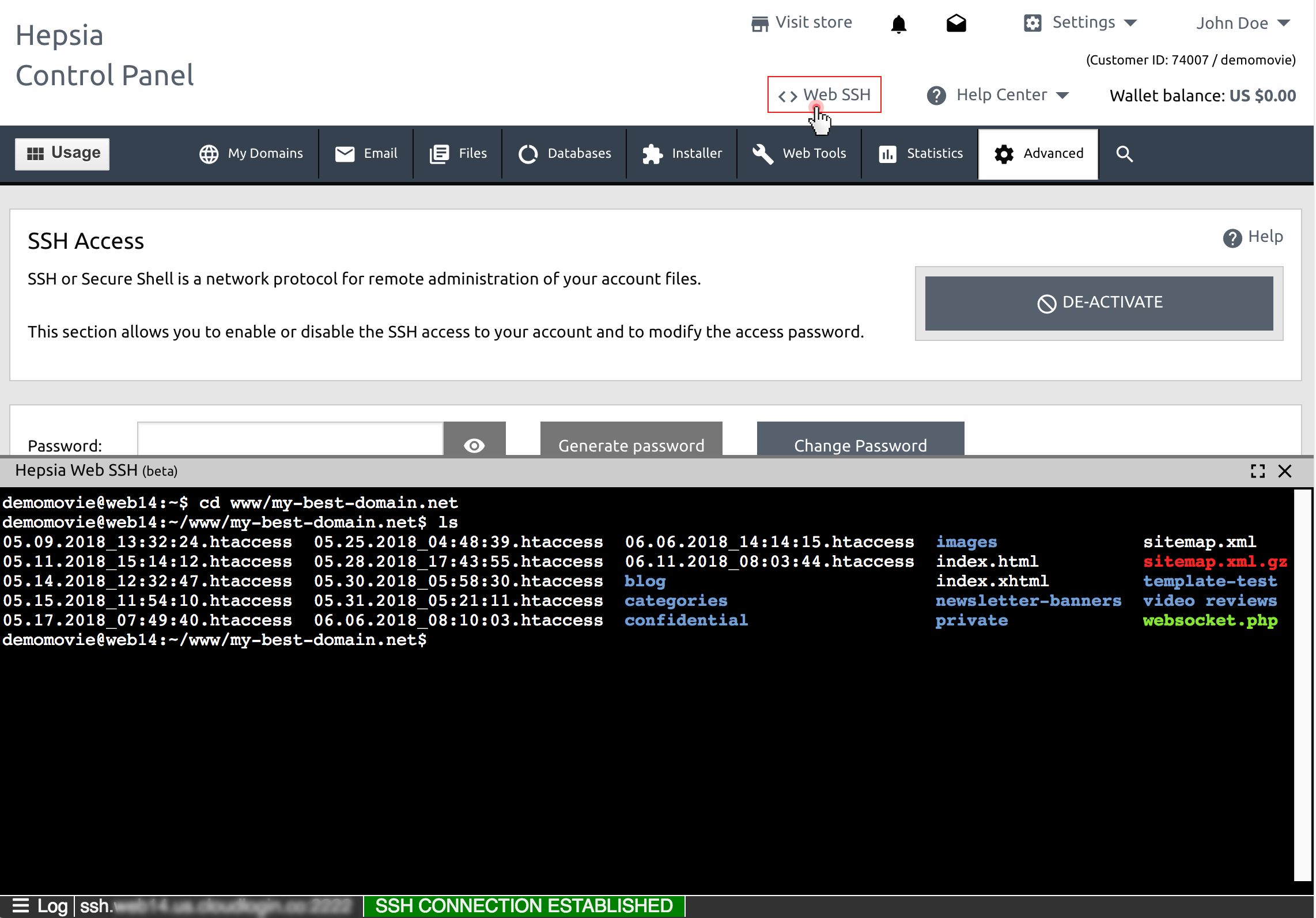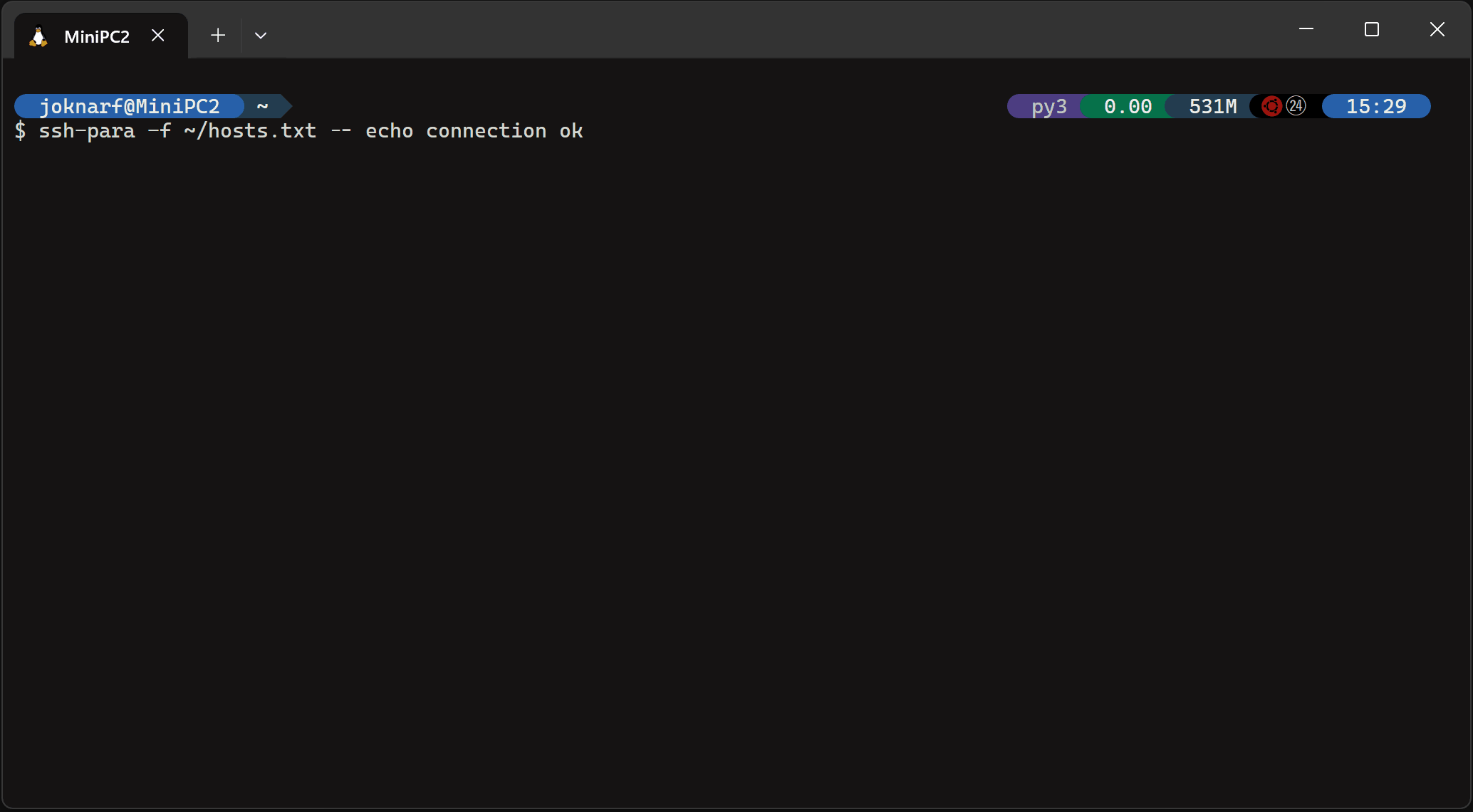Web-Based SSH: The Ultimate Guide For Modern Developers
Web-based SSH has become an essential tool for developers who need secure, remote access to their servers without installing any software. Imagine being able to manage your server from anywhere using just a web browser – that’s the power of web-based SSH! In today’s fast-paced world, having this kind of flexibility is not just convenient but almost necessary. Whether you’re working on the go or collaborating with a global team, web-based SSH offers the speed and security you need.
Now, let’s dive into why web-based SSH is such a game-changer. Traditionally, SSH (Secure Shell) required you to install specific clients on your computer to connect to remote servers. But with the rise of cloud computing and remote work, the demand for more accessible solutions grew. That’s where web-based SSH comes in, providing a seamless experience that eliminates the hassle of setting up complex environments.
This guide will cover everything you need to know about web-based SSH, from its basics to advanced configurations. We’ll explore its benefits, potential drawbacks, and how to set it up securely. By the end, you’ll have a solid understanding of why web-based SSH is worth considering for your development workflow.
Table of Contents
- What is Web-Based SSH?
- Benefits of Using Web-Based SSH
- How Web-Based SSH Works
- Popular Web-Based SSH Tools
- Setting Up Web-Based SSH
- Security Considerations for Web-Based SSH
- Comparison with Traditional SSH
- Use Cases for Web-Based SSH
- Limitations and Drawbacks
- Conclusion and Next Steps
What is Web-Based SSH?
Let’s start with the basics. SSH, or Secure Shell, is a network protocol that allows you to securely connect to a remote server over an encrypted connection. It’s been around for decades and is trusted by developers worldwide for managing servers and transferring files. But what happens when you don’t have access to your SSH client? That’s where web-based SSH comes into play.
Web-based SSH is essentially a web interface that lets you access your remote server through a browser. It eliminates the need for installing additional software, making it perfect for situations where you’re working from a public computer or a device without admin privileges. Think of it as SSH on the go – lightweight, flexible, and super convenient.
Why Web-Based SSH Matters
Here’s the thing: traditional SSH can be a bit cumbersome if you’re constantly switching between devices or working in environments where installing software isn’t an option. Web-based SSH bridges that gap by offering a no-frills solution that works anywhere you have an internet connection. For developers juggling multiple projects, this can save a ton of time and hassle.
Benefits of Using Web-Based SSH
Now that we’ve covered the basics, let’s talk about why you should consider using web-based SSH in your workflow. Here are some of the key advantages:
- Accessibility: Access your server from anywhere using just a web browser. No need to install or configure anything.
- Convenience: Perfect for quick troubleshooting or emergency fixes when you’re away from your main workstation.
- Collaboration: Easily share access with team members without worrying about compatibility issues.
- Cost-Effective: Since it runs on a web interface, you don’t need to invest in expensive software or hardware.
- Security: Many web-based SSH tools come with built-in encryption and authentication features to keep your data safe.
These benefits make web-based SSH an attractive option for both individual developers and enterprise teams. But, as with any technology, there are trade-offs to consider, which we’ll discuss later in this guide.
How Web-Based SSH Works
So, how exactly does web-based SSH work? At its core, it’s a web application that acts as a middleman between your browser and the remote server. Here’s a simplified breakdown of the process:
- You access the web-based SSH interface through your browser.
- The interface establishes a secure connection to the remote server using encryption protocols.
- You can then execute commands and manage files just as you would with a traditional SSH client.
One of the coolest things about web-based SSH is that it leverages modern web technologies like WebSockets to ensure real-time communication between your browser and the server. This means you get a responsive and interactive experience that feels almost identical to using a desktop SSH client.
Key Technologies Behind Web-Based SSH
Under the hood, web-based SSH relies on several technologies to function smoothly:
- WebSockets: Provides low-latency communication between the browser and the server.
- HTML5: Enables rich, interactive interfaces that mimic traditional desktop applications.
- JavaScript: Handles client-side logic and ensures a seamless user experience.
These technologies work together to create a robust and user-friendly platform for managing remote servers.
Popular Web-Based SSH Tools
There are several web-based SSH tools available today, each with its own set of features and benefits. Here are some of the most popular ones:
1. Cloudflare Tunnel
Cloudflare Tunnel is a powerful tool that allows you to securely connect to your server without exposing it to the public internet. It’s great for teams that prioritize security and ease of use.
2. PageKite
PageKite lets you expose your local server to the internet quickly and easily. It’s perfect for developers who need to test their applications in a real-world environment.
3. Shellinabox
Shellinabox is a lightweight web-based SSH tool that’s easy to set up and use. It’s ideal for small-scale projects or personal use.
4. Termius
Termius offers a feature-rich web-based SSH client with support for multiple platforms. It’s a great choice for teams that need advanced collaboration features.
Each of these tools has its own strengths, so your choice will depend on your specific needs and preferences.
Setting Up Web-Based SSH
Setting up web-based SSH is relatively straightforward, but the exact steps may vary depending on the tool you choose. Here’s a general guide to help you get started:
- Choose a Tool: Select a web-based SSH tool that suits your requirements.
- Install the Server Component: Follow the installation instructions provided by the tool’s documentation.
- Configure Authentication: Set up authentication methods such as SSH keys or passwords to secure your connection.
- Access the Web Interface: Open the web-based SSH interface in your browser and start managing your server.
Remember to always follow best practices for securing your SSH connections, especially when using web-based tools.
Tips for a Smooth Setup
Here are a few tips to make your setup process smoother:
- Use strong SSH keys instead of passwords for added security.
- Regularly update your web-based SSH tool to ensure you have the latest features and security patches.
- Test your connection thoroughly before relying on it for critical tasks.
Security Considerations for Web-Based SSH
While web-based SSH offers many advantages, it’s important to be aware of potential security risks. Here are some key considerations:
- Encryption: Ensure that your web-based SSH tool uses strong encryption protocols to protect your data.
- Authentication: Use multi-factor authentication (MFA) whenever possible to add an extra layer of security.
- Firewall Rules: Configure firewall rules to restrict access to your server only from trusted IP addresses.
By following these guidelines, you can minimize the risks associated with using web-based SSH and ensure a secure connection.
Best Practices for Secure Connections
Here are some additional best practices to keep in mind:
- Regularly monitor your server logs for suspicious activity.
- Limit the number of users who have access to your web-based SSH interface.
- Keep your software and dependencies up to date to patch known vulnerabilities.
Comparison with Traditional SSH
Now, let’s compare web-based SSH with traditional SSH to help you decide which one is right for you:
| Feature | Traditional SSH | Web-Based SSH |
|---|---|---|
| Accessibility | Requires installation of a client | Accessible via browser |
| Performance | Generally faster | Depends on network conditions |
| Security | Highly secure with proper configuration | Secure but may have additional risks |
| Cost | Free (open-source) | Free or paid, depending on the tool |
As you can see, both options have their pros and cons. Your choice will depend on factors like your specific use case, budget, and security requirements.
Use Cases for Web-Based SSH
Web-based SSH is versatile and can be used in a variety of scenarios. Here are some common use cases:
- Remote Work: Access your server from anywhere using just a web browser.
- Collaboration: Share access with team members for collaborative development or troubleshooting.
- Emergency Fixes: Quickly resolve issues when you don’t have access to your main workstation.
- Learning and Training: Provide a hands-on environment for students or new developers to practice SSH commands.
These use cases highlight the flexibility and convenience of web-based SSH, making it a valuable tool for modern developers.
Limitations and Drawbacks
While web-based SSH has many advantages, it’s not without its limitations. Here are some potential drawbacks to consider:
- Performance: Web-based SSH may be slower than traditional SSH due to network latency.
- Security Risks: If not properly configured, web-based SSH can expose your server to attacks.
- Dependency on Internet: Requires a stable internet connection to function effectively.
Despite these limitations, many developers find that the benefits outweigh the drawbacks, especially when used in the right context.
Conclusion and Next Steps
In conclusion, web-based SSH is a powerful tool that offers flexibility, convenience, and security for managing remote servers. Whether you’re a solo developer or part of a large team, it’s worth considering for your workflow. By understanding its benefits, limitations, and security considerations, you can make an informed decision about whether it’s the right solution for you.
So, what’s next? If you’re ready to give web-based SSH a try, start by exploring some of the popular tools we discussed earlier. Experiment with different configurations and see which setup works best for your needs. And don’t forget to share your experience in the comments below – we’d love to hear from you!
Thanks for reading, and happy coding!



Detail Author:
- Name : Ayla West
- Username : rose62
- Email : misty.bayer@green.net
- Birthdate : 2006-09-08
- Address : 8229 Williamson Bridge Abshirechester, AK 13200
- Phone : +1.248.318.6336
- Company : Pollich, McDermott and Nitzsche
- Job : Petroleum Pump Operator
- Bio : Hic fugiat incidunt et omnis commodi cum. Accusantium commodi suscipit placeat suscipit. Totam voluptas cum facere ut ab facere reprehenderit. Pariatur adipisci qui dolores hic.
Socials
tiktok:
- url : https://tiktok.com/@gkirlin
- username : gkirlin
- bio : Qui distinctio sed ab nihil enim. Corrupti et explicabo et saepe corporis.
- followers : 1263
- following : 1697
instagram:
- url : https://instagram.com/gardnerkirlin
- username : gardnerkirlin
- bio : Repudiandae pariatur voluptatibus at est et. Perferendis sed sed unde sint.
- followers : 3187
- following : 1320
facebook:
- url : https://facebook.com/gardnerkirlin
- username : gardnerkirlin
- bio : Aliquid cupiditate consequuntur harum rerum amet.
- followers : 3007
- following : 758
linkedin:
- url : https://linkedin.com/in/gardnerkirlin
- username : gardnerkirlin
- bio : Voluptas aliquam quaerat perspiciatis quis.
- followers : 2819
- following : 15